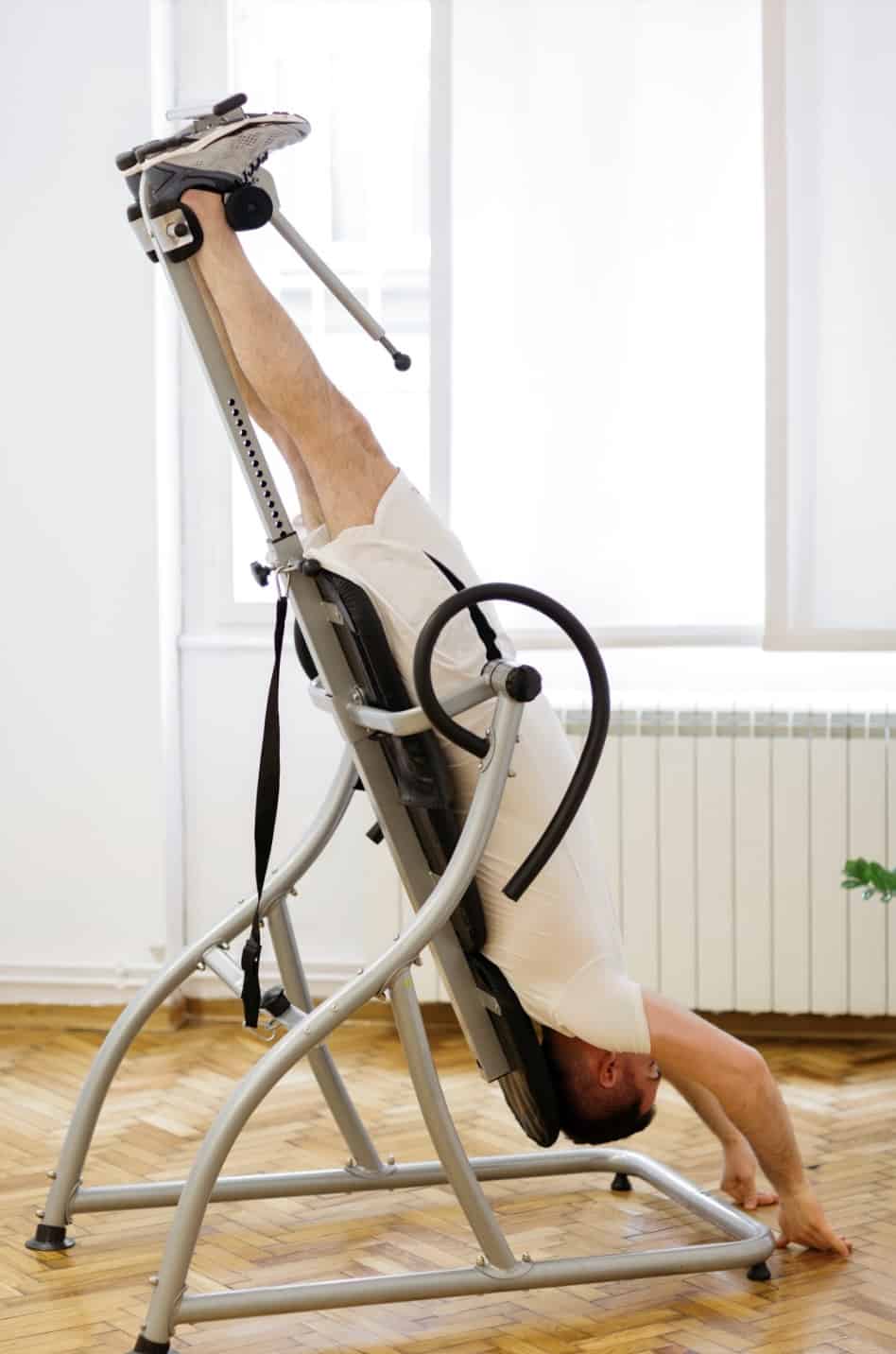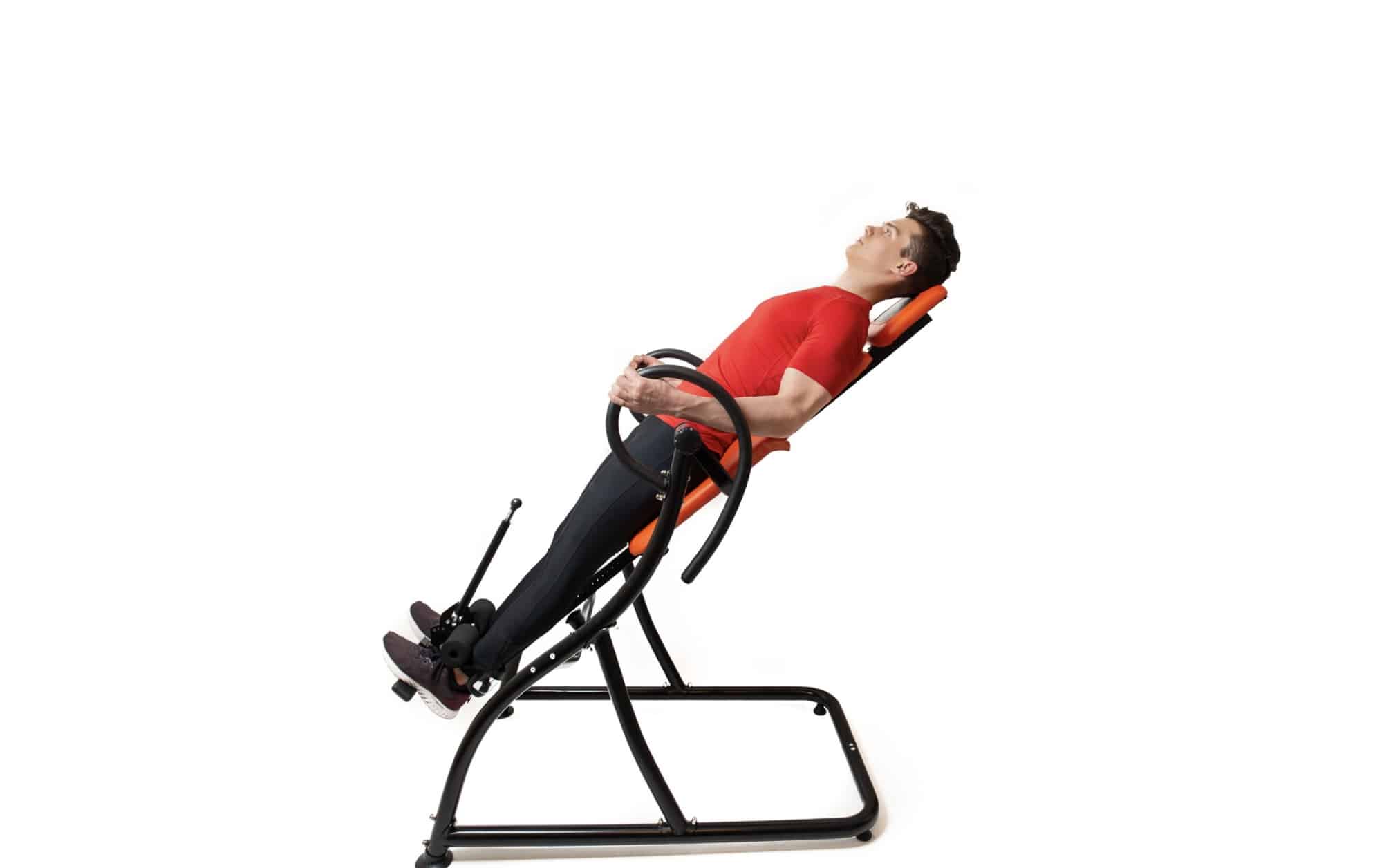Chronic pain is a common problem faced by many. From sitting for long hours at work to pregnancy, several reasons can cause back pain. Inversion therapy is an effective practice to relieve pain and aid in proper blood circulation.
If you’re suffering from back pain, one of the best solutions is inversion therapy. Inversions are often practiced in yoga. However, it can be done on an inversion table, too. This provides the same benefits of practicing inversion yoga, without having to balance on your head or hands.

Here are five tips on how to use an inversion table at home:
1. Adjust The Inversion Table Settings Appropriately
Before you start, make sure to adjust the height of the table and the degree at which you want to invert. Start with reading the manufacturer’s manual carefully. Since the adjustment mechanics for the inversion table may differ from one company to another, reading the manual will help you adjust the height and inversion degree accurately.
While adjusting the height, make sure that your head rests comfortably on the table. For the inversion degree, if you’re a beginner, you may want to start at a 90-degree bend instead of a full 180 degree. You may increase the inversion degree gradually as you get accustomed to using the inversion table.
2. Secure And Lean Back
To secure yourself to the table, stand with your back facing the inversion table. Follow the manufacturer’s manual to secure your feet to the footrest. Now, lean back slowly and rotate the table to invert. You may hold the handles if needed.
To get optimal benefits from your inversion table, you don’t need to be upside down. Leaning too far can sometimes be dangerous, especially if you’re a beginner and have never done inversions before. For the elderly, it’s recommended that they limit themselves to a 30- to 35-degree inversion. If you’re looking to invest in an inversion table, here’s a helpful 5 Best Inversion Tables Review For Back Pain.
3. Adjust The Safety Strap
Many inversion tables come with a safety strap that helps you adjust the inversion degree. This helps you adjust your strap to your preferred inversion degree. A safety belt is essential as it prevents you from leaning too far, which can make it difficult and painful for you to turn in an upright position. It may also put unnecessary strain on your lower back.
4. Don’t Exercise For A Long Time
To start with, use your inversion table once a day for a few minutes. You may slowly increase it to twice a day. Staying too long on the inversion table without being accustomed to it can overstretch your connective tissues.
Once you’re accustomed to using the table, you may add some inversion table exercises, like stretches for the back. You may also strengthen your abs by performing crunches while inverted.
5. Return To An Upright Position Slowly
When you return to an upright position too quickly, it may put pressure on your joints and can make your back pain worse. Thus, make sure to return to an upright position slowly. To return to an upright position correctly, slowly pull yourself up with the handles; doing so will prevent you from getting dizzy.
Once you’re in an upright position, wait until you feel steady before unlocking the footrests and stepping out of the inversion table.
Conclusion
Inversion therapy is an effective practice for chronic pain relief. Some of the main benefits of using an inversion table include reduced back pain, improved lymphatic drainage, reduced joint and nerve pain, and realignment of the spine.
Using an inversion table can give you the same benefits of doing inversion exercises or yoga, without having to balance. However, to gain optimally from using an inversion table, you have to make sure that you adjust the table settings appropriately, secure yourself on the table properly, and adjust the inversion degree accordingly.
Keep in mind that while using the inversion table, you may have to exercise with caution, and after using the inversion table, come up in an upright position slowly.

